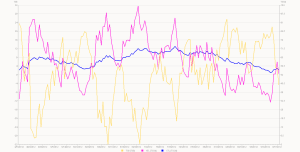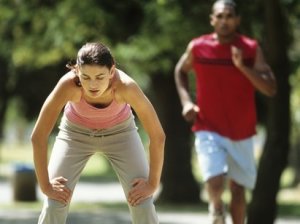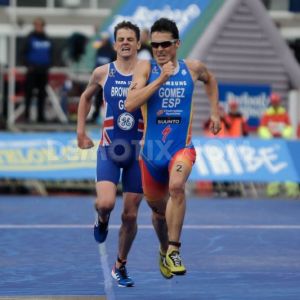If you’re like most endurance athletes, the majority of your workouts are measured by duration, rather than by miles, meters, laps, reps, etc. When you have, say for example, a 2.5 hours ride to do on a gradually rolling but moderate terrain, you know that you typically have one or two specific goals for that workout. One goal, aside from the duration, is measured by the effort level, or intensity. (The combination of duration and intensity determines the training stress, or TSS: see http://gleasoncoaching.com/2013/04/07/why-i-dont-rely-on-tss/ for more on that topic)
However, I often find that athletes just “clock-in” for the duration and hide at the bottom of a specific zone, or level of perceived exertion (RPE). This strategy is often a training mistake. That is because the effort level/intensity level of the workout is usually more important than the duration, with some exceptions for long course training (full IM) and some beginners. This is one of the upsides to using a power meter and tracking your TSS for any particular session. Doing so will help prevent you from “hiding” at the bottom of, say Zone 2, and still technically doing your prescribed workout that day. If your Zone 2 power ranges from 150 to 195 Watts, not all Zone 2 rides are the same in terms of their training stress. Yes, they’re all basically endurance rides, but riding at 150 ave Watts for 2 hours is much different from a 2 hour, 190 (ave) Watt ride.
So, the point is to get the most out of your limited training time and all your workouts. Don’t just clock-in and do your time – much better to pursue an excellent workout, and push yourself to the maximum benefit of your workout that day.
Happy Training.




